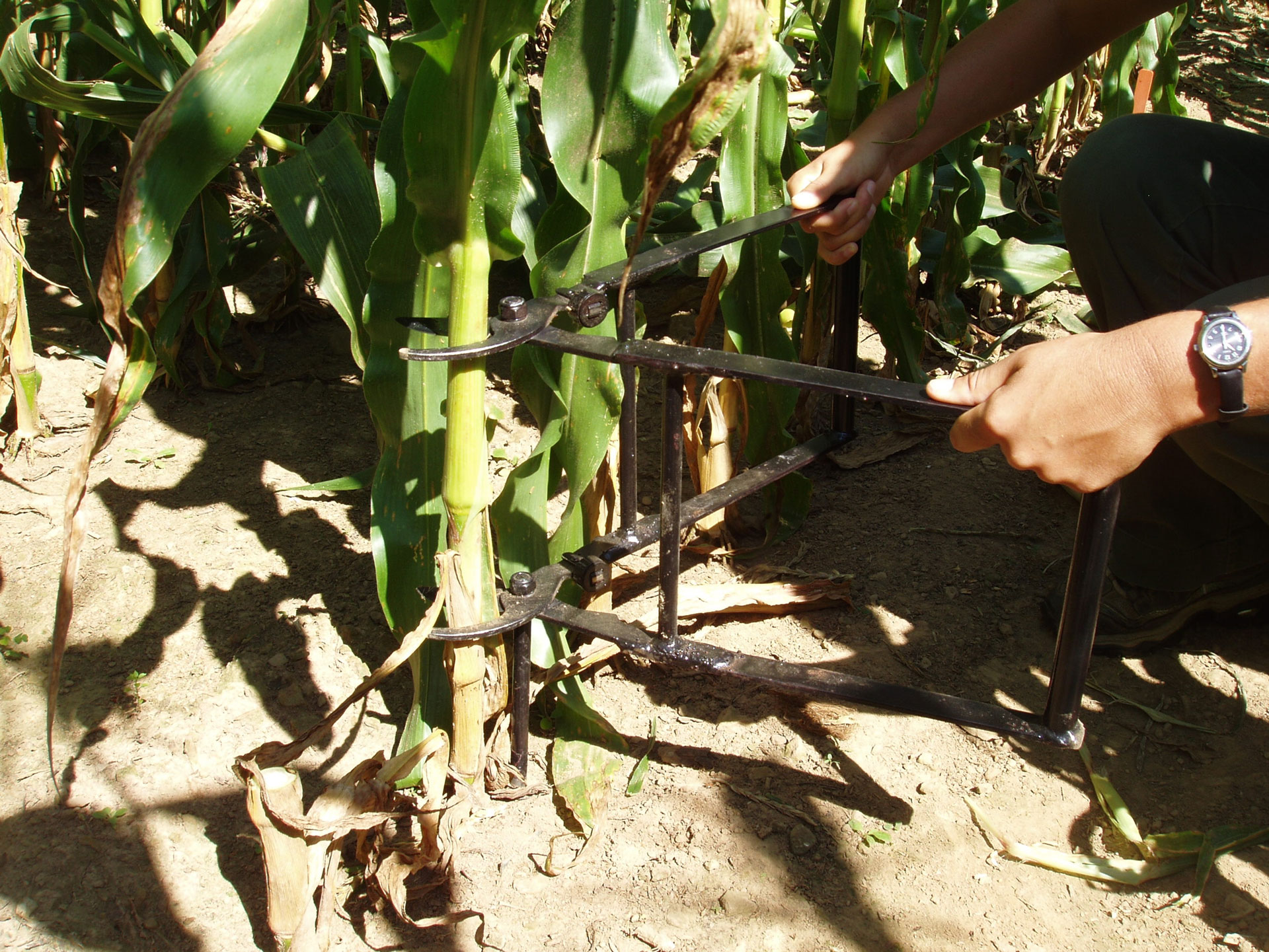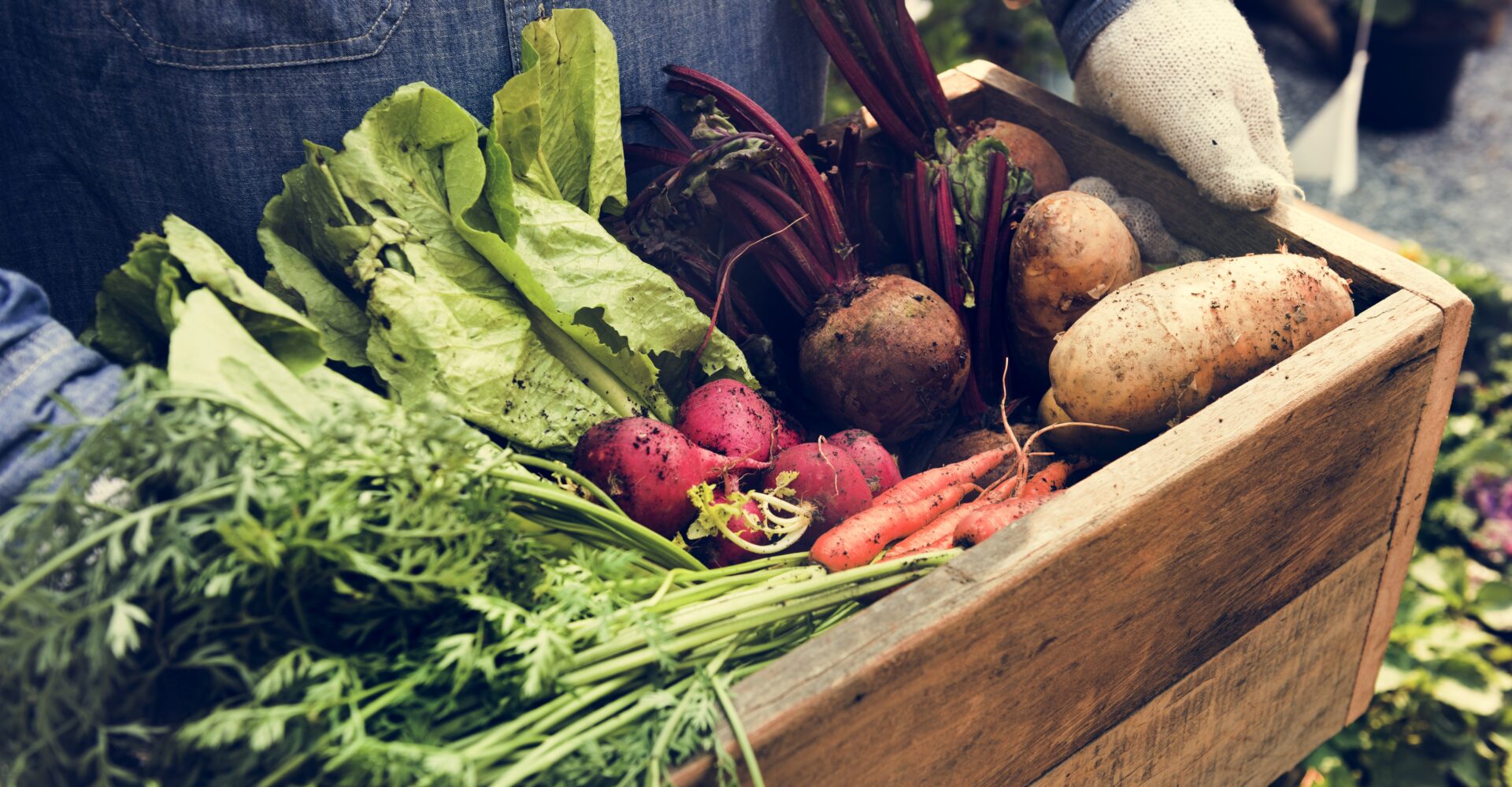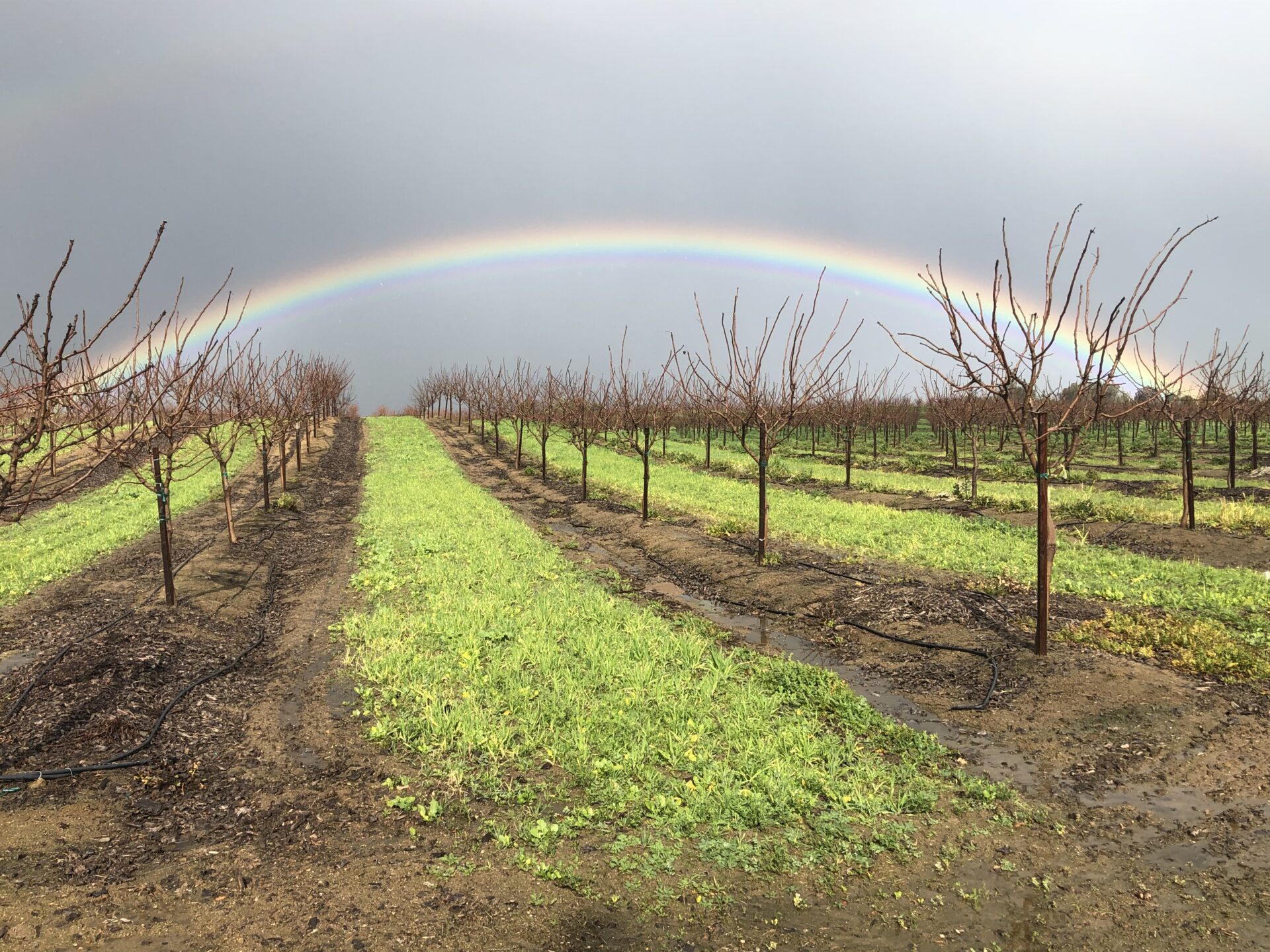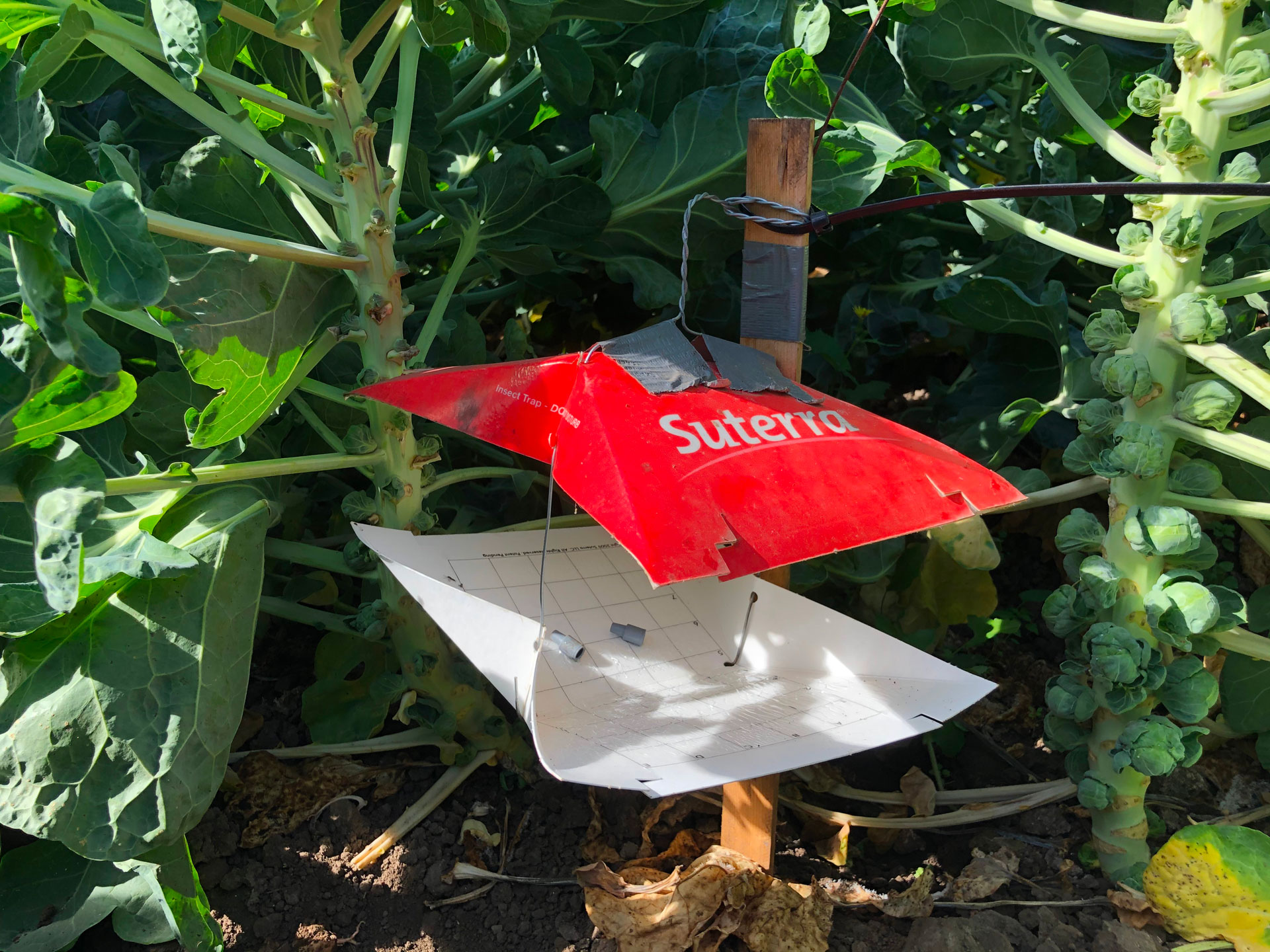
Organic and conventional vegetable crops have similar pests.
Common pest species of vegetables include coleoptera (e.g. click beetle, Colorado potato beetle); diptera (e.g. cabbage maggot, leafminers); hemiptera (e.g. aphids, psyllids); lepidoptera (e.g. Diamondback moth, leafrollers); thysanoptera (e.g. thrips); and acarina (e.g. spider mites, bulb mites) as well as symphylans and spotted snake millipedes. These pests have different methods of damaging vegetable plants, including but not limited to chewing, boring, rasping/scraping and piercing and sucking. They prefer to feed on surfaces or bored plant tissues (leaves, roots, stems or fruits), mines, rolls, folds, etc.
Control options for arthropod pests in vegetables are based on multiple factors, including pest biology, feeding behavior/habitat, mode of action of the pesticide option, prevention/curative and environmental conditions. These factors all need to be taken into consideration in order to develop an integrated pest management (IPM) plan for an organic field.
IPM of Utmost Importance
Surendra Dara, an entomology and biologicals farm advisor for San Luis Obispo and Santa Barbara counties, said that while both organic and conventional vegetables use similar management techniques and that IPM is important for all systems, a good IPM plan is even more crucial in organic production.
“In organic crop production, the choice of pesticides can be limited, leading to their repeated use and potential resistance problems,” he said. “Cultural, mechanical, microbial, biological and behavioral control options are critical components of IPM and complement control with pesticide applications.”
Cultural Options
Dara outlined multiple cultural options that growers have at their fingertips, including the use of resistant host plants, sanitation and modification of agronomic practices, in a University of California webinar. Starting with clean material, managing alternative/weed hosts, removing and destroying infested plants and managing crop residue are all facets of good sanitation in the field, he said. Planting time, plant density, crop rotation, trap crops and mixed cropping as well as good nutrient and irrigation management can also play a role.
Biological Options
A biological approach can be especially important in an organic setting. Biologicals include natural enemies, microbial control agents and biostimulants.
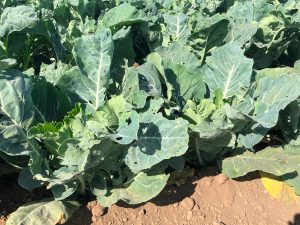
“[Biologicals] play a significant role in IPM in improving crop health, providing natural control, reducing the reliance on synthetic or other pesticides, minimizing environmental and human risk, and promoting sustainable food production,” Dara said.
One PCA at a Santa Maria-based produce operation also noted the importance of biologicals. “It is important to have some biological control present,” she said. “We try to promote beneficials by planting cilantro or alyssum in the field; when the pest pressure is high, this is less effective, but it does help some.”
Chemical Options
If pesticides need to be used on an organic vegetable field, Dara recommends botanical pesticides, microbial or microbial metabolite-based pesticides, and/or pesticides containing diatomaceous earth, fatty acids and minerals. Pesticides will need to be chosen based on arthropod behavior and habitat (i.e. chewing vs. sucking insects, surface feeders vs. borers/miners/rollers, underground vs. aboveground, life stage of insect, etc.) Active ingredients for pesticides with organic labels include pyrethrins, spynosyns, avermectins, azadirachtin and botanical extracts/oils.
Mechanical Options
Dara recommends use of row covers, screens, sticky tapes and reflective material as well as ultraviolet light.
Behavioral Options
Depending on the type of arthropod species, Dara recommends baits/traps and mating disruption.
In a recent study on diamondback moth (DBM) management in Brussels sprouts, Dara examined the efficacy of a sprayable pheromone to evaluate the potential enhancement that mating disruption could provide in an IPM program. What he found was that mating disruption (in this case, CheckMate DBM-F), when combined with larval-suppressing pesticide applications, “will significantly enhance the current IPM practices by reducing pest populations, contributing to insecticide resistance management and reducing pest management costs,” according to Dara in the March/April 2021 edition of Progressive Crop Consultant.
Organic vs. Conventional
Except for using the products that do not have organic registration, Dara said organic and conventional vegetable production systems use the same strategies for pest management. He also said that there aren’t any new pests specific to organic vegetables at the moment, but DBM infestations are growing in some areas in both organic and conventional fields.
The Santa Maria-based PCA noted that more acreage is sometimes required depending on losses that certain organic crops can experience. “Sometimes when the population gets really bad, we actually do nothing as far as pesticides go because it’s just impossible to control it,” she said.

